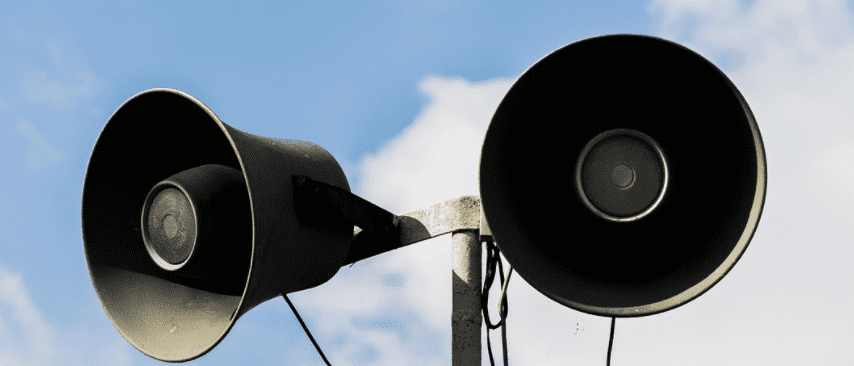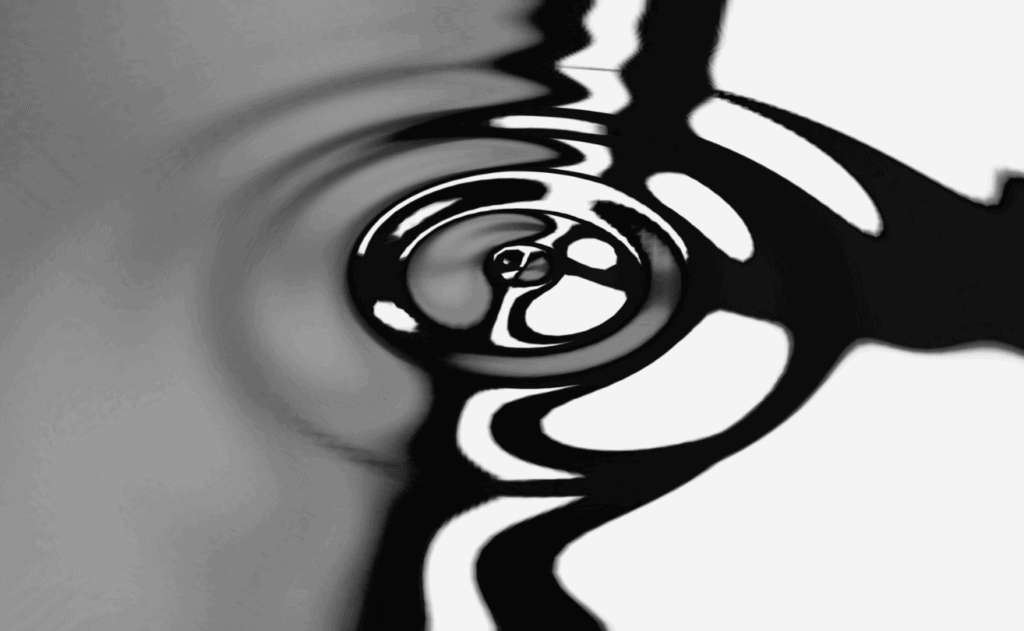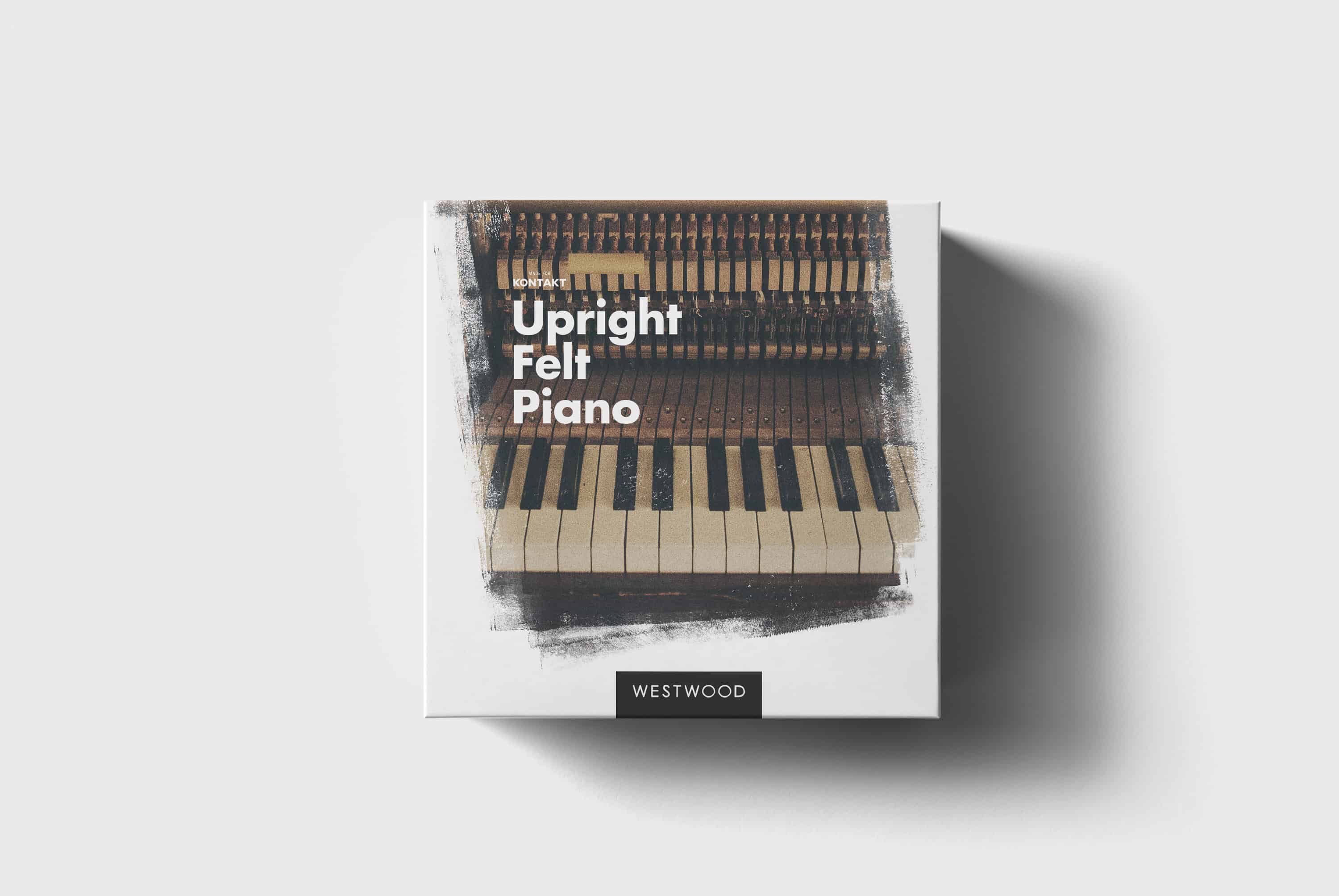Tips For How to Use a Reverberation Effect To Enhance Your Recording’s Tonal Quality
Reverberation is a particular sound effect that can be applied to any recording. The reverberation effect is used to create an echo-like sound, which can enhance the tonal quality of your recording.
There are many different methods for applying reverb, but we will focus on using a plugin called “reverb” in this article. Reverb plugins are available for both audio software and DAWs like Pro Tools and Logic Pro. Many free plugins are available online, such as “audacity” or “audition”.

The Reverberation Effect
The reverberation effect is achieved by adding a series of echoes to the original sound. This gives the recording an echo-like quality that makes it seem more spacious and full.
There are a few different ways to get reverbs on guitar amps. One way is to use a digital reverb on your guitar amp modeling software. Another way is to use an outboard reverb pedal. Finally, you can also use the reverb that is built into some guitar amps.
When using a digital reverb on your guitar amp modeling software, you will want to start by choosing a reverb type. There are many different types of reverbs to choose from, such as room, hall, plate, and spring reverbs. Next, you will want to choose a reverb size. This will determine the size of the virtual space that the reverb will be emulating. After you have chosen a reverb type and size, you will be able to adjust the reverb sound. Many digital reverb plugins offer presets for different sounds like bright and dark reverbs. To get a brighter reverb sound, raise the pre-delay time. For darker sounds, lower the pre-delay time.

Outboard Reverb Pedal
When using an outboard reverb pedal, you will want to start by adjusting your amp’s tone controls so that they are not affecting the bass frequencies of your guitar signal. This is important because you will need to have clean-sounding bass frequencies when using an outboard effect pedal with your guitar amplifier’s effects loop return jack. After this step is complete, plug your guitar into the effects loop returning jack on your amp while also plugging in your outboard effect pedal to the front input jack of your amp. Then you will want to adjust your outboard reverb pedal’s knobs so that you are able to blend the amount of wet and dry signals.
Reverb on Your Guitar Amplifier
When using a built-in reverb on your guitar amplifier, it is important to realize that this type of reverb is never 100% accurate. This is because there are many factors that come into play when accurately emulating a sound like reverberation, which includes time delays and frequency response fluctuations. Instead of looking for an exact emulation from your amplifier’s built-in effects loop return, use it as more of a subtle enhancement effect instead.
Reverb Tips For Mixing Vocals
- Try adjusting pre delay on a vocal track where you’ve added a reverb effect during mixing. If it sounds more spacious, try increasing this parameter up until too many phasing issues occur before backing it down a little bit. Also make sure that the reverb is not ducking underneath the vocal because doing so can cause loose sounding mixes pretty fast.
- Since vocals almost always share one track when recorded, they are also naturally going to be panned in the same place in a mix. This can be an issue when you’re trying to create depth and spaciousness, especially if there is more than one vocal track within a song arrangement. You can solve this problem by placing two different reverbs on two separate tracks and panning them left and right so each sound slightly louder in its respective channel.
- If you want to enhance your reverb effects with automation during the mixing process, try experimenting with sending individual tracks or busses through their own aux channels that have reverb effects applied to them before they come back into the mix as audio tracks. Then all you have to do is automate which tracks are sent through those reverbs based on what section the song they happen to fall into. This is a great way to utilize reverb effects as an audio mixing tool that can help produce a more polished sound overall.
- After using several different types of reverbs, you may want to experiment with phase cancellation among them by switching the polarity or experimenting with panning each one differently through your mix. You’ll be able to decide how much depth and width you would like based on what works best for your particular song arrangement. Experimenting with this tactic will also allow you to get better results out of the reverbs that you’re using within your mixes which can provide enough opportunities for fine-tuning these parameters until they sound just right.

Apply Reverb as An Audio Effect
There are several ways you can apply reverb as an audio effect for vocals on both digital audio workstations and plugins. One way is to add reverb before your vocal signal reaches your audio interface for recording. Another way is to add it after the audio interface while leaving out any EQ or compression plugins that are being used on your vocals. This will help to keep a high level of clarity in the reverb, making it sound more natural and smooth.
Reverb can also be applied as an audio effect to piano tracks in much the same way as vocals. You can choose whether you want the reverb to come before or after the audio interface; whichever method works best for achieving a clear but full-sounding effect on your piano track.
When applying reverb effects on drums, use them like you would with drums that don’t have effects applied. There is no need to apply reverb to every drum on a drum kit unless you want the effect of all the sounds blending together and sounding like they are coming from one space, such as an echo chamber. However, this will sound unnatural because different types of drums produce unique sounds even though they come from the same source, so be careful with how much reverb you use on your drums unless you’re going for a very specific effect.
Reverb can be added as an audio effect to guitar tracks in digital audio workstations or through pedals that allow for sending and returning signals. One way is to select your delay time and feedback percentage first; then add reverb to taste by adjusting its pre-delay time. For a more natural sound, you will want to keep the pre-delay time below 10 ms. If you would like a more unnatural effect on your guitar track, experiment with adding longer reverb pre-delays up to 100 ms or higher.
Mixing Reverbs
When it comes to mixing reverbs for audio effects within a mix, there are several guidelines and tips that can be used depending on what type of instrument or element is being affected by the reverb and how many of them there are in the arrangement. The first step is to try using multiple reverbs blended together so each one is panned differently in your mix from left to right. This can be done by panning one reverb hard left and another hard right while keeping the levels the same on both to avoid phasing issues.
Use Reverb to Pann Instruments and Tracks
Another trick is to apply short reverb times to instruments that are panned center within a mix while using longer reverb times on instruments that are panned hard left or right. This makes it sound like two different spaces and adds depth and width to your mix at the same time. The only way to get a feel for what works best is through experimentation.
Although there are several guidelines that can be used when mixing reverb effects within a mix, individual tastes will vary from one person to the next. The key here is to experiment with different methods until you find something that genuinely sounds good and enhances the overall sound of your work without sounding like you’re using too much reverb. Additionally, utilizing creative sound design techniques can also help in creating unique and interesting reverb effects within a mix. This can involve using unconventional reverb sources, such as recording in unusual spaces or using electronic processing to manipulate the reverb sound. Ultimately, the goal is to find a balance between adding depth and space to the mix while still maintaining clarity and separation between the individual elements.
Conclusion
The key here is experimentation so try everything that’s mentioned in this article plus anything else you can think of that might work for your particular mixing style. You should be able to get a feel for what works best through experimenting with the given tips and tricks until you find something that truly enhances your song arrangements while still sounding natural at the same time.
Reverb can be a great tool for enhancing the tonal quality of your recordings, but it’s important to use it in moderation. In this article, we’ve provided some tips on how to use reverb effectively while mixing. By experimenting with different techniques, you should be able to find something that works well for your own personal mixing style.
Tips For How to Use a Reverberation Effect To Enhance Your Recording’s Tonal Quality FAQ
What Is a Reverb Plugin?
There are several reverb plugins that work very well for vocals, piano tracks, drums, guitar tracks and other instruments. A few of them are Sonnox Oxford Reverb, Universal Audio’s Plate 140, Waves H-Reverb and MondoMod Reverb. Which one sounds best will depend on your work and personal tastes, so the best idea is to test them all until you find one that works well in your mix.
How Do I Apply Reverb?
Reverb can be applied to a lead vocal track by inserting a plugin on the channel strip while editing or mixing or by adding an effect from within a digital audio workstation. Reverb can also be added when recording with software instruments in much the same way, through inserts on an instrument’s channel strip in a DAW during tracking. An alternative to this approach is to add reverb as an audio effect after it has already been recorded; however, this method isn’t recommended because processing will take place on the entire song or clip rather than just on the track being edited or mixed.
How Can I Fix Noise in My Reverb?
Noise can be reduced by tweaking plugin parameters such as pre-delay time, decay time and room size, while using noise gating to remove background noise that is too quiet to be heard during reverb playback. To fix noise problems when recording with an instrument, adjust mic positioning while recording while also leaving some space between the instrument and mic while not playing. The more deadened your sound while tracking is, the better it will sound when applying reverb during mixing. Where should I insert my plugins for optimal reverb results?
Inserting plugins near the beginning of channel strip’s signal path usually produces the best results because there is less chance of phase problems occurring when compared to inserting plugins in later parts of a signal path. However, if you want reverbs from different plugins or from multiple instances of the same plugin to blend together, try placing them deeper in a signal path rather than closer up.
What Is Pre Delay?
One way to achieve early reflections for instruments is by using a pre-delay that can be adjusted anywhere from 0 ms to 100 ms with lower values being used on simple sources and higher values being better suited for complex ones. The idea here is that there has to be some delay before an early reflection occurs so the benefit is usually heard during mono playback or listening through speakers placed close together. You may have noticed this effect when watching television, since many times you will see an actor’s voice coming from the left of the screen while there are also speakers placed to the right. This is done to simulate an early reflection that comes from that same direction.
What Is Reverb Decay Time?
Reverb decay time is one of the most important plugin parameters for this effect because it dictates how long reverb lasts. The longer a decay time is, the more “loose” your mix will sound so shorter values are usually better suited for lead vocals and most instruments. This parameter can be adjusted by moving sliders or by entering numbers directly into a text box. What Is Reverb Density?
Reverb density works much in the same way as decay time, but instead of dictating how long reverb lasts, it determines how dense the reverb is. Usually shorter values are used for vocals and longer values are better suited for drums. If you want to get an idea of what this plugin parameter sounds like, try placing your monitor speakers close together and play back a dry vocal track while adjusting density from zero up until you hear those “room” reflections take place during playback.
What Is Reverb Pre Delay?
Reverb pre delay is another important plugin parameter because it helps produce early reflections as well as make music sound less washed out by creating separation between direct signals and those that have been bounced off walls or other objects in a room. This can be adjusted anywhere from 0 ms to 100 ms, with the lower end of that range being used for instruments and the higher end being better suited for vocals or other types of sounds.
What Is Reverb Bandwidth?
Reverb bandwidth is a plugin parameter that can help prevent reverbs from sounding muddy when there are many going on at once during playback. This typically occurs when several tracks have been combined into one during recording or mixing, so this effect helps make each reverb less blended together. It’s usually best to keep this value under 0 db because anything above that threshold may sound strange depending on various factors such as sample rate, bit depth and more.
What Is Reverb Phase?
When combining multiple signals into a single track, it’s possible that delays will cause problems such as phasing. In order to avoid these issues, you can use a reverb plugin’s phase control feature which allows you to flip the signal from being 180 degrees out of phase with itself and then adjust the timing between sources.










